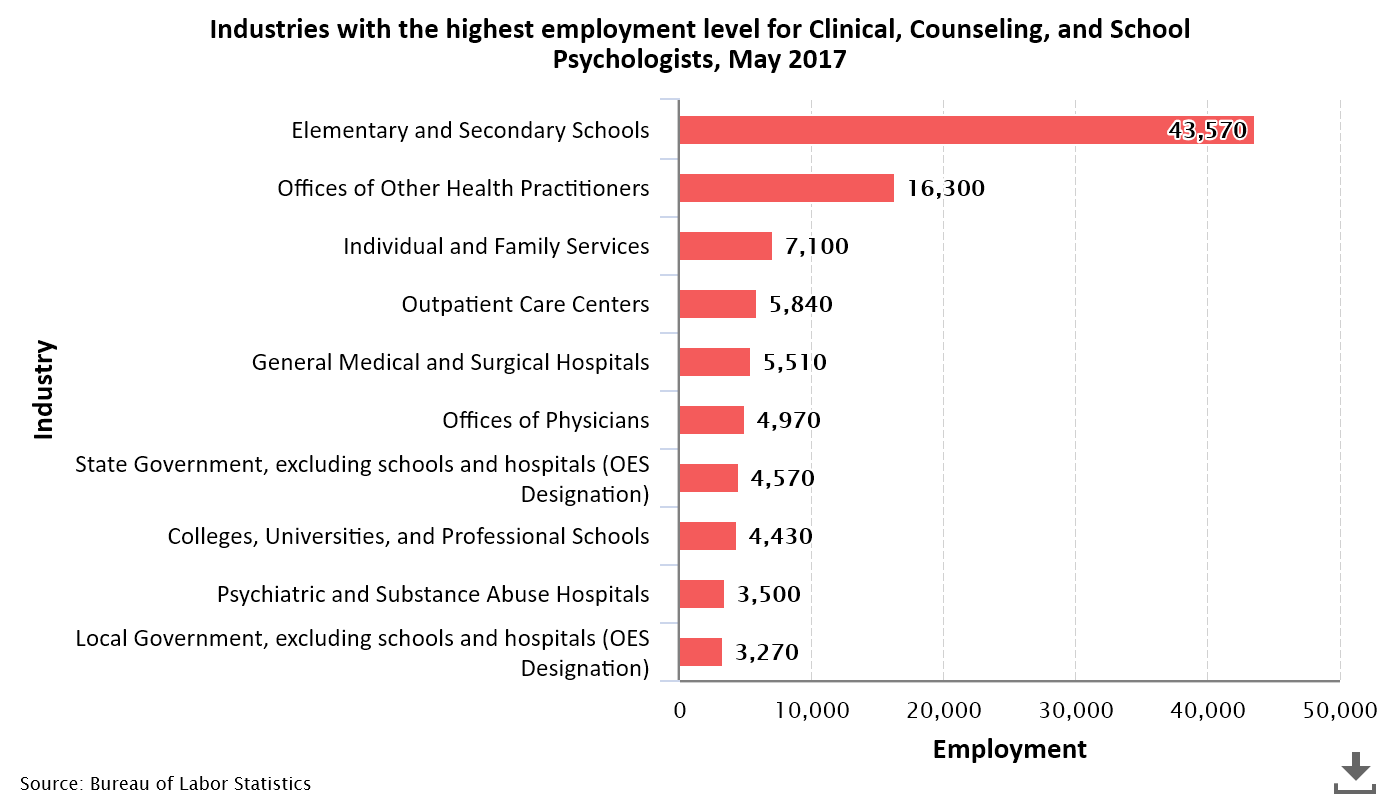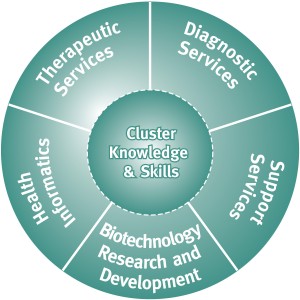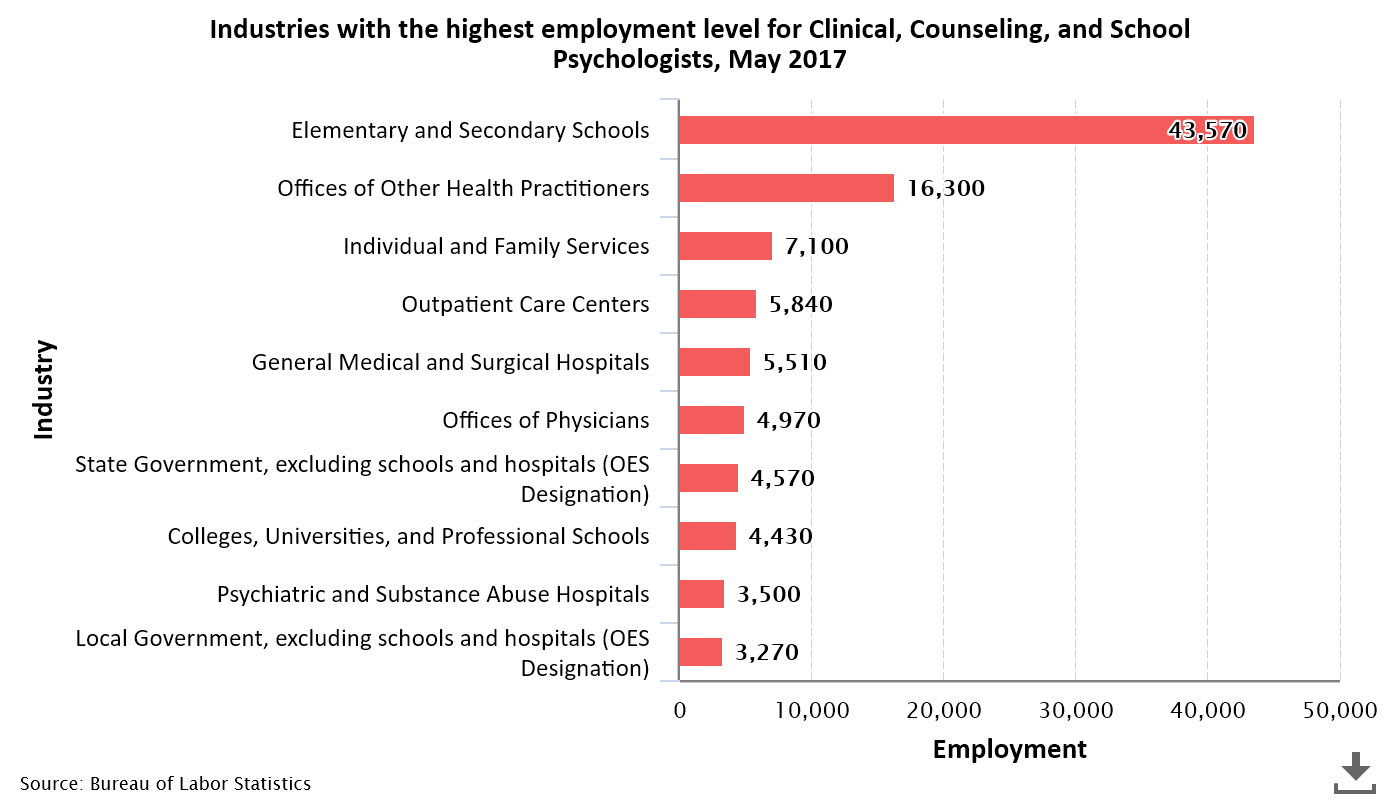
Are you thinking about a career in healthcare? Then you might be wondering what it would take to work in a Catholic health service facility. Here's a guide to what you can expect from your career. Listed below are duties and responsibilities that you can expect to fulfill during your time at this facility. You will also find job opportunities that meet the needs of catholic communities. This is a great opportunity for students to gain practical experience in a hospital setting.
Catholic health services: Duties and Responsibilities
What are the Duties of Catholic Health Services Careers? Below are just a few of your responsibilities as a Catholic Health Services employee. Each position has specific duties and responsibilities. They include managing a team and ensuring compliance. The office manager is responsible to ensure the smooth running of the practice.
It can be hard to start a career as a Catholic Health Services Industry worker without a well-structured path of competency-building. There are several ways to explore the various opportunities within the organization and find the one that best suits you. However, Catholic Health Services has several programs for you to consider, including internships in ethics, pastoral care, and mission integration, and ministry-wide public sites. There are many options for starting your healthcare career. Each position requires a different skill set.

Opportunities for students to explore healthcare careers in catholic hospitals
Catholic Health offers many opportunities to students to try out healthcare careers. From internships to residency programs, Catholic Health offers students the chance to get hands-on experience before they decide to pursue a career in healthcare. These programs add to the knowledge gained through academic coursework. Students can also gain practical experience by shadowing or going on field trips. They will gain hands-on experience in nursing, medicine, dentistry, physical therapy, and other health-care professions.
There are many different types of healthcare careers offered by Catholic Health. A variety of administrative and clerical positions can be found in various locations. Students can also explore a career as a Patient Care Support, a career that enables them to experience a real-world healthcare environment. All applicants must have a current email address and a working computer. They also need to know Spanish and/or some other language.
Catholic Health Services has job openings
If you are interested in working for a Catholic health organization, you may want to check out the job opportunities at Catholic Health Services of Long Island. This health system encompasses six acute care hospitals, three nursing homes, and a regional laboratory. It has more than seventeen thousand employees and offers flexible schedules. Some positions may require you to travel outside of your home region. This health system works to meet the needs of all residents and improve the quality life.

Catholic Health Association is a good place to begin your job search. For those interested in a career that focuses on mission integration, the association has many resources. They also compile an email list of mission, ethics, and pastoral care jobs. The ministry also has a ministry-wide web site that contains information about all jobs in the health care system. It's important to remember that Catholic health services is a ministry. It may not seem obvious to candidates that they should apply for a job at the hospital.
FAQ
What are the 7 best tips to lead a healthy, happy life?
-
Be healthy
-
Exercise regularly
-
Sleep well
-
Get plenty of water.
-
Get enough rest
-
Be happy
-
Smile often.
Why should we have a healthy lifestyle to begin with?
A healthy lifestyle will help us live longer and happier lives. Good nutrition, exercise regularly, good sleep habits, stress management and healthy lifestyle can help you avoid heart disease and stroke.
A healthy lifestyle can also help improve mental health and make it easier to deal with daily stressors. Healthy lifestyles will increase self confidence, and make us look and feel older.
How often should i exercise?
Fitness is key to a healthy lifestyle. You don't have to exercise for a certain amount of time. Finding something that you love and sticking with it is the key.
You should aim to do 20-30 minutes of moderate intensity exercise three times per week. Moderate intensity means that you will still be working hard even after your workout is over. This type is good for burning around 300 calories.
Walk for at least 10 minutes four days a weeks if you prefer walking. Walking is low impact and easy on your joints.
Jogging three times a week for 15 mins is enough if you want to run. Running is an excellent way to lose weight and tone your muscles.
You can start slow if you're new to exercise. Start by doing 5 minutes of cardio each day, a few times per week. Gradually increase duration until you achieve your goal.
Statistics
- nutrients.[17]X Research sourceWhole grains to try include: 100% whole wheat pasta and bread, brown rice, whole grain oats, farro, millet, quinoa, and barley. (wikihow.com)
- Extra virgin olive oil may benefit heart health, as people who consume it have a lower risk for dying from heart attacks and strokes according to some evidence (57Trusted Source (healthline.com)
- In both adults and children, the intake of free sugars should be reduced to less than 10% of total energy intake. (who.int)
- The Dietary Guidelines for Americans recommend keeping added sugar intake below 10% of your daily calorie intake, while the World Health Organization recommends slashing added sugars to 5% or less of your daily calories for optimal health (59Trusted (healthline.com)
External Links
How To
What does the word "vitamin" mean?
Vitamins are organic substances found naturally in food. Vitamins aid us in absorbing nutrients from the food we eat. The body cannot make vitamins; therefore, they must be obtained from food.
There are two types if vitamins: water soluble, and fat soluble. Water-soluble vitamins dissolve easily when they are dissolved in water. Some examples include vitamin C,B1 and B2 vitamins (thiamine), B2 and riboflavin, B3 and B6 vitamins (niacin), folic acids, biotin, pantothenic acids, and cholesterol. The liver and fat soluble vitamins are stored within the liver and in fatty tissue. Vitamin D, E, K and A are some examples.
Vitamins are classified based on their biological activity. There are eight major vitamin groups:
-
A - Essential for healthy growth and health maintenance.
-
C – essential for proper nerve function.
-
D - Vital for healthy bones and teeth
-
E is necessary for good vision, reproduction.
-
K – Required for healthy nerves & muscles.
-
P - vital for building strong bones andteeth.
-
Q - Aids digestion and iron absorption
-
R - necessary for making red blood cells.
The recommended daily allowance for vitamins (RDA) varies based on gender, age, and physical conditions. The U.S. Food and Drug Administration has established the RDA values.
For adults over 19 years, the RDA is 400 mg per day for vitamin A. Because it is essential for the development of the fetus, pregnant women should consume 600 micrograms per daily. Children ages 1-8 require 900 micrograms per day. Infants below one year old require 700mg per day. But, between 9 months to 12 months, the amount drops to 500mg per day.
Children between the ages 1--18 years old who are overweight or obese require 800 micrograms per Day, while those who are overweight or obese need 1000 micrograms. To meet their nutritional needs, children underweight and obese require 1200 micrograms a day.
Children between 4 and 8 years old with anemia will need 2200 micrograms daily of vitamin C.
2000 micrograms are required daily for good health in adults over 50. Because of their higher nutrient needs, women who are pregnant or nursing need 3000 mg per day.
Adults over 70 require 1500 micrograms each day, since they lose around 10% of their muscle mass every decade.
Women who have been pregnant or are lactating require more than the RDA. Pregnant women require 4000 micrograms daily during pregnancy, and 2500 micrograms every day after birth. Breastfeeding mothers need to consume 5000 micrograms every day when breastmilk has been produced.